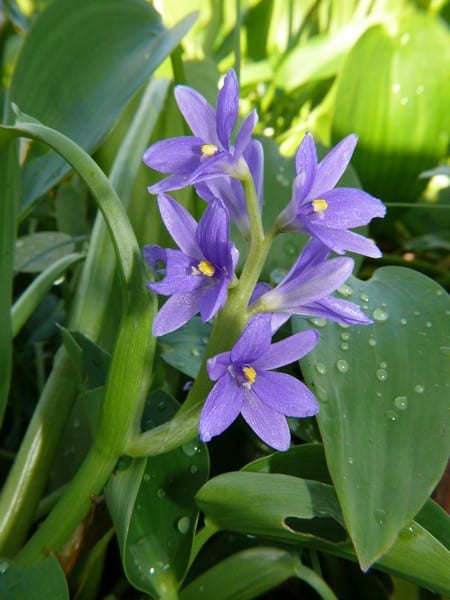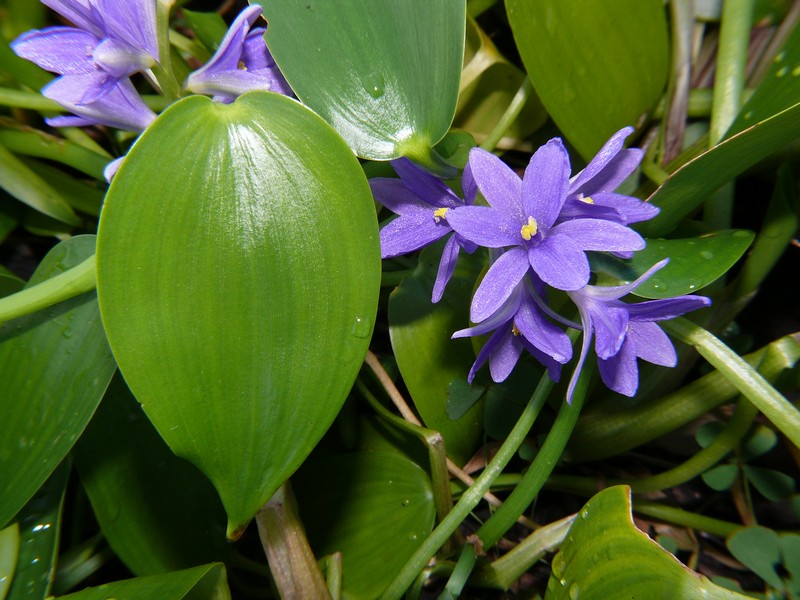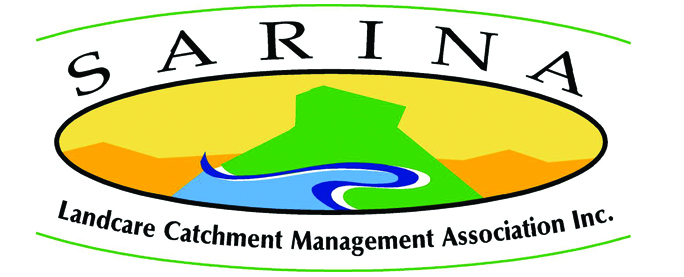Monochoria
Monochoria cyanea, Fam. Pontederiaceae


Monochoria is a sprawling herbaceous tropical water plant. It is wide spread throughout most of Queensland where it is found on the margins of creeks, dams and other placid water features. It is commonly mistaken for water hyacinth (E crassipes) . It is a perennial in bodies of permanent water, and an annual following rainfall in temporary water holes.
| Weed Category: | |
| Weed: | No |
| Form or habit: | Aquatic plants |
| Family: | Pontederiaceae |
| Leaf: | Simple Basal Leaves are heart shaped at 4 to 15cm long on fleshy petioles up to 30cm in length. The leaves are solitary on the stem with stems rooting where they come in contact with the soil. |
| Flower conspicuous: | Conspicuous |
| Flower colour: |
Blue |
| Flower description: | Flowers are blue and borne in an open raceme (stalked flowers along a single stem) of three to ten flower heads, arising from the junction of the petiole and stem. Six yellow stamens arise from the centre of these flower heads. Each flower has six petals of equal size, unlike water hyacinth which has one single large petal at the top of the flower. December to April. |
| Fruit conspicuous: | Inconspicuous |
| Fruit colour: | |
| Fruit: | Dry |
| Fruit description: | The fruit is a three valved capsule which contains numerous seeds. Individual fruit mature below the surface and therefore are not commonly seen. |
| Habitat: | Wetland. |
| Distribution | Tropical and subtropical areas of Queensland, Western Australia, Northern Territory and isolated patches in New South Wales. |
| Food source for: | Seeds provide a good source for a range of water birds. |
| Toxicity: | No toxicity known |
| Origin: | |
| Notes: | |
| Information sources: | Stephens K.M. & Dowling R.M. (2002) Wetland Plants of Queensland. |



